Prairie Sentinels – Carbon Alberta
It’s the fall of 1992 and I’m exploring the area northeast of Calgary in search of grain elevators and other interesting bits to photograph. I make a stop in Carbon Alberta and am pleased to find four prairie sentinels in a row (plus annexes, including older elevators), and some of them are even loading rail cars.
The large number of grain hoppers on the elevator siding would have one believing that all is well in the industry and that trains will continue to visit here for some time to come. But it’s all a daydream as we’ll soon find out and before long the elevators seen here will close and be demolished and the rail line abandoned.
Back to the day of my visit, such thoughts were furthest from my mind. I happily snapped away oblivious to the impending changes that would soon take over the Canadian grain industry. The elevators and rail lines were always there, so we thought they always would be. Such a delusional stance to take.
Carbon is a small town located along the (then) CPR Langdon Subdivision. At the time of my visit, this was the end of steel, but in times past, the line extended further east to tap the coal fields of the Red Deer River valley. When that market collapsed in the late 1970s the line was cut back to here, with the track ending just a bit east of the elevators.
This branch came in from the namesake town of Langdon just east of Calgary, with the track through Carbon arriving around 1921. Back when coal was king, a lot of those trains passed by here, coming in from the many mines further east. When that traffic dried up, the only commodity moving in any quantity was grain, as demonstrated here by the large number of cars either loaded or waiting to get loaded. The tracks here were abandoned and pulled up in the mid-1990s.
Of the four elevators seen, three are painted for the Alberta Wheat Pool (AWP), with the one straggler smack dab in the middle of them, being painted in the colours of and labelled Pioneer. Both of these companies were some of the larger players in the industry. The latter is known today by the name Richardson Pioneer. For the former it’s a bit more complicated and having gone through an endless series of mergers it is now known as Viterra. What their name tomorrow will be is anyone’s guess, but it seems there are very few companies left to merge with, so perhaps the last one will stick for a while.
Both of these companies, of course, no longer operate any small town elevators, and instead have large terminals in strategic towns that can load a full train’s worth of cars at a time.
I have unfortunately been unable to find the lineage of the structures seen in this report. It’s very likely these elevators changed hands many times in the years past though mergers and acquisitions, but who owned them before (if different from the then current owner) and when, is not going to be easy to establish. Research will continue however and updates may be forthcoming (update May 2013 below).
One thing we do know, these were all closed and the rail line pulled up. Their end had come and not really that long after my visit.
In the last few years prior to closing I have not been able to find the frequency of trains on the line here. Certainly it was sporadic at times, and busy at others depending on demand and grains prices, both of which could fluctuate wildly.
Of interest here is how well maintained the rail line appears. Unlike many sleepy prairie branches, this one has arrow straight rails and excellent weed free ballast. That in itself makes it an anomaly – most branches were maintained on a shoe string budget. And it showed!
Oat the time of my visit, the most westerly AWP and the Pioneer elevators were both busy loading cars. The most easterly AWP was not, but based on the spilled grain around it, had done so recently. The smallest stand alone AWP elevator, the second most westerly one, appeared to be used for storage only and probably did not load cars.
Of the elevators seen, the most easterly structure had a smaller (probably earlier) elevator on it’s west side for an annex along with a smaller low wooden annex on the opposite side. The Pioneer had a couple steel bins for an annex on the east side and a small wooden bin on the other side. The third unit, that small AWP was a stand alone. Finally, the last (most westerly) elevator had a larger annex on it’s west side and a smaller (also probably earlier) elevator on the opposite side.
A building that still stood on my visit which I did not look at (and I’m banging my head on this one) was the CPR section shed. I should have explored it but I didn’t. I also failed to look for the station foundation, which was likely nearby – stations almost without exception were placed along the main track and not on siding, so it would have been on the south side of the tracks opposite the elevators. Also seen by the most easterly elevator is a small shed with a loading platform on the track side – this may have been used for offloading bagged or barrel shipments of chemicals and fertilizes and the like, that arrived in boxcars.
All the rail cars seen in these shots are fairly modern for the time grain hoppers. At the time of my visit there were still some elevators that loaded boxcars, although not these ones. However, in the years prior but that not that far removed, it would not be strange to see boxcars here. They were still quite common up the mid 1980s and even beyond and even as late as 1992, CPR still several hundred of them. They were of course terribly inefficient and the whole concept of using boxcars to handle grain was antiquated. Strange as it may seem, in the old days coal was also transported this same way.
You’ve heard me say this time and again, but I am so happy to have photographed these elevators. One things that bothers me however was I did not capture as many angles as I should have. Perhaps it was that film at the time was expensive, or maybe it was my inexperience. More likely, I thought as many did, that these structures would be around forever and I could return anytime if I need be to capture them again. That last assumption has bitten me in the backside many times and has certainly caught others off guard too. One lesson here, shoot them, what ever them is, while you can.
Update: May and June 2013. We made two separate stops in Carbon to check out the old rail line and the elevator locations and we’ve included some pictures below. Everything has changed! We were able to duplicate two of the old shots.
Of the elevators, we now know the following thanks to a contact in that town: The three AWP elevators date from, in no particular order, 1920 (ex United Grain Growers taken over in 1928 – the small annex elevator), 1921 (ex Federal), 1921 (another ex Federal) and 1955. The Pioneer dates from 1928-30. One of the ex Federals became a fertilizer elevator.
On this same trip, I photographed some elevators in Beiseker Alberta, and to see that report click below…
Prairie sentinels – Beiseker Alberta.
Just down the tracks from Carbon was the town of Sharples Alberta and to see a report on it, go here…
Sharples Alberta ghost town.
Also further down the same railway line was the coal town of Nacmine Alberta and to see an article on the Commander Mine located there, click the link below…
Commander Mine Nacmine.
If you wish more information on this place, by all means contact us!
Date: Fall, 1992 and May and June 2013.
Location: Carbon, AB.
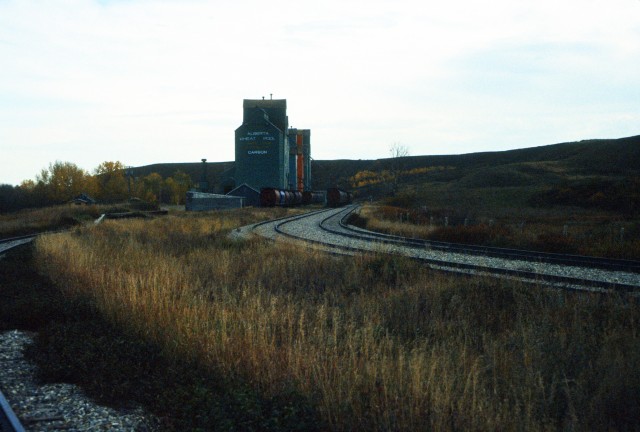
In 1992 the elevators were busy with lots of cars occupying the sidings.
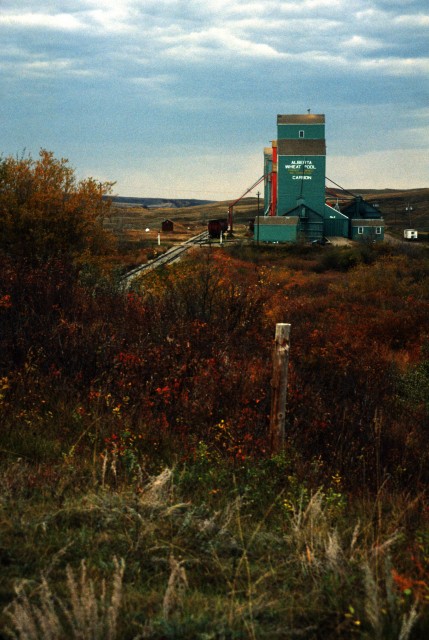
Carbon was at the end of track by this time.
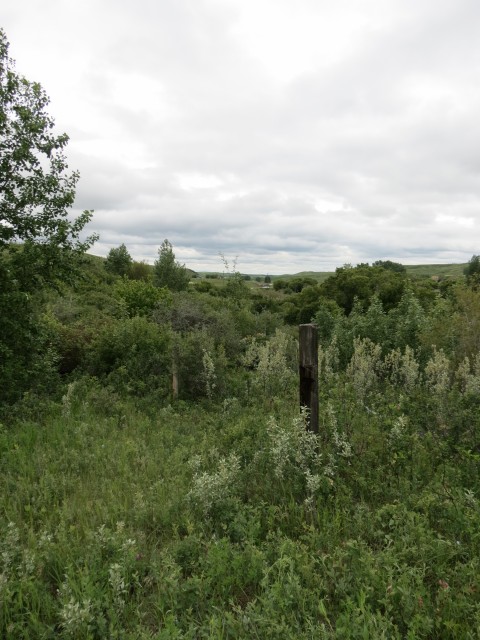
The same view as the picture above, taken in June 2013.
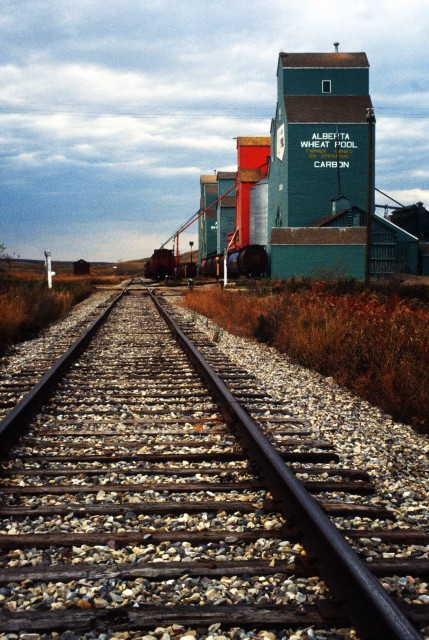
For a branch line the tracks were in excellent condition.
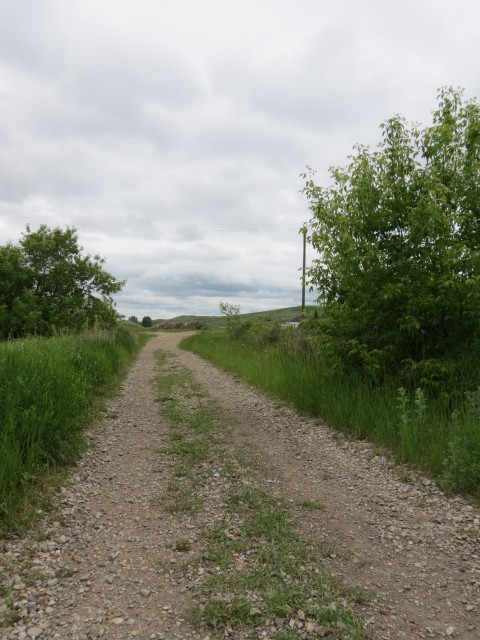
The same location as in the previous image twenty one years later.
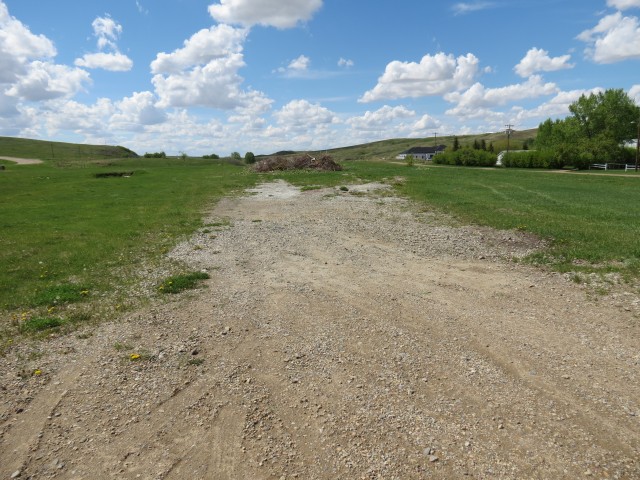
The elevators stood here – taken in May 2013.


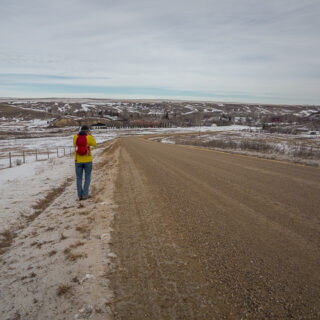
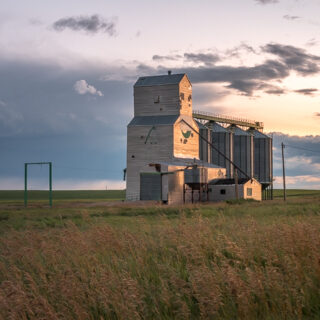
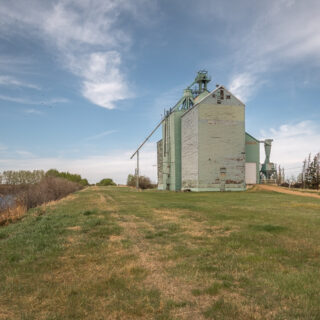
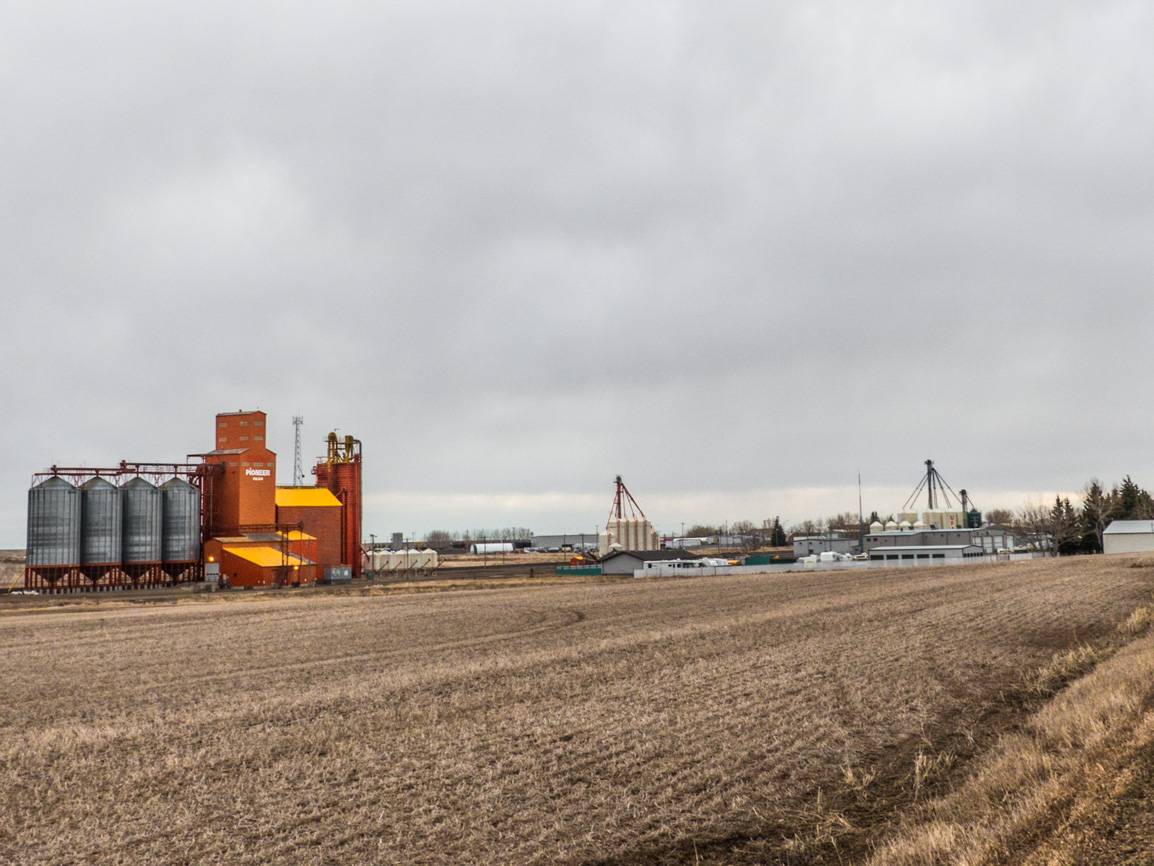
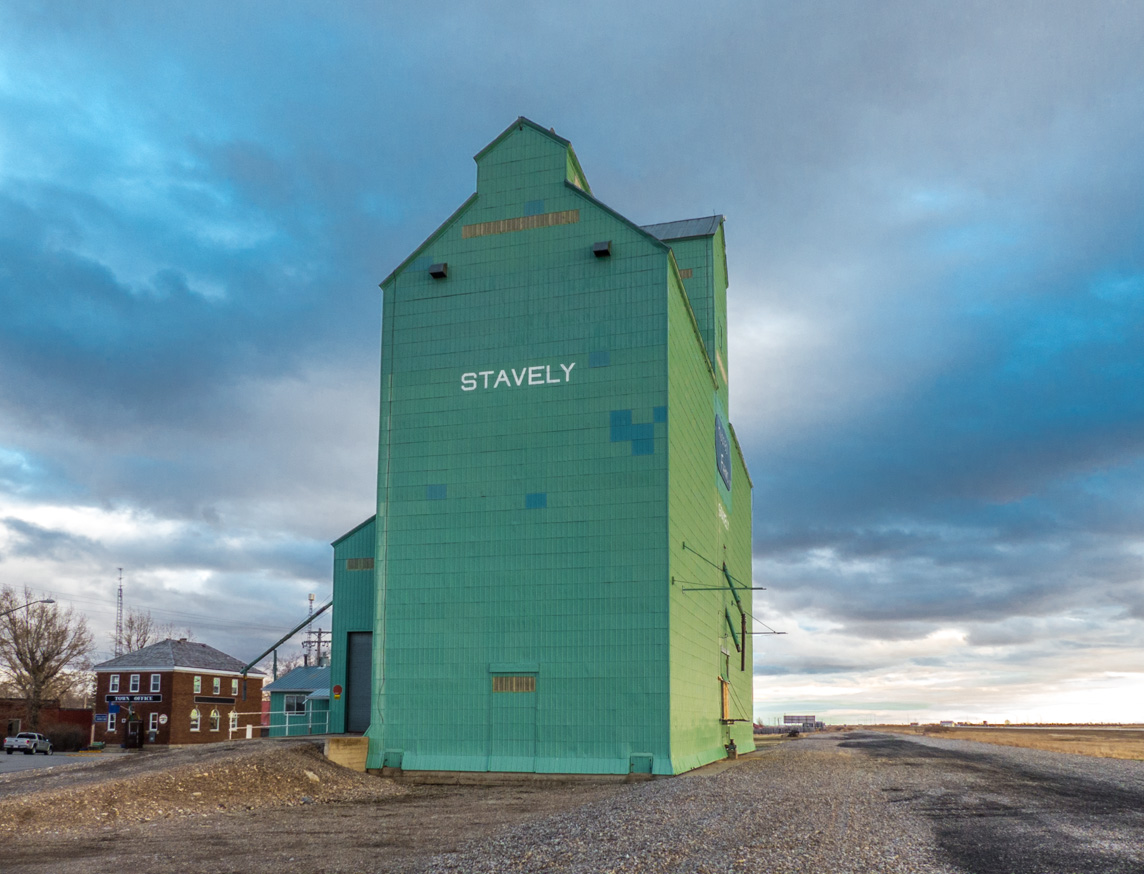
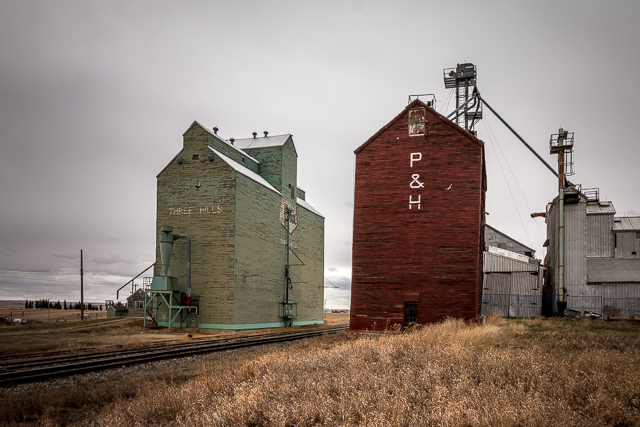
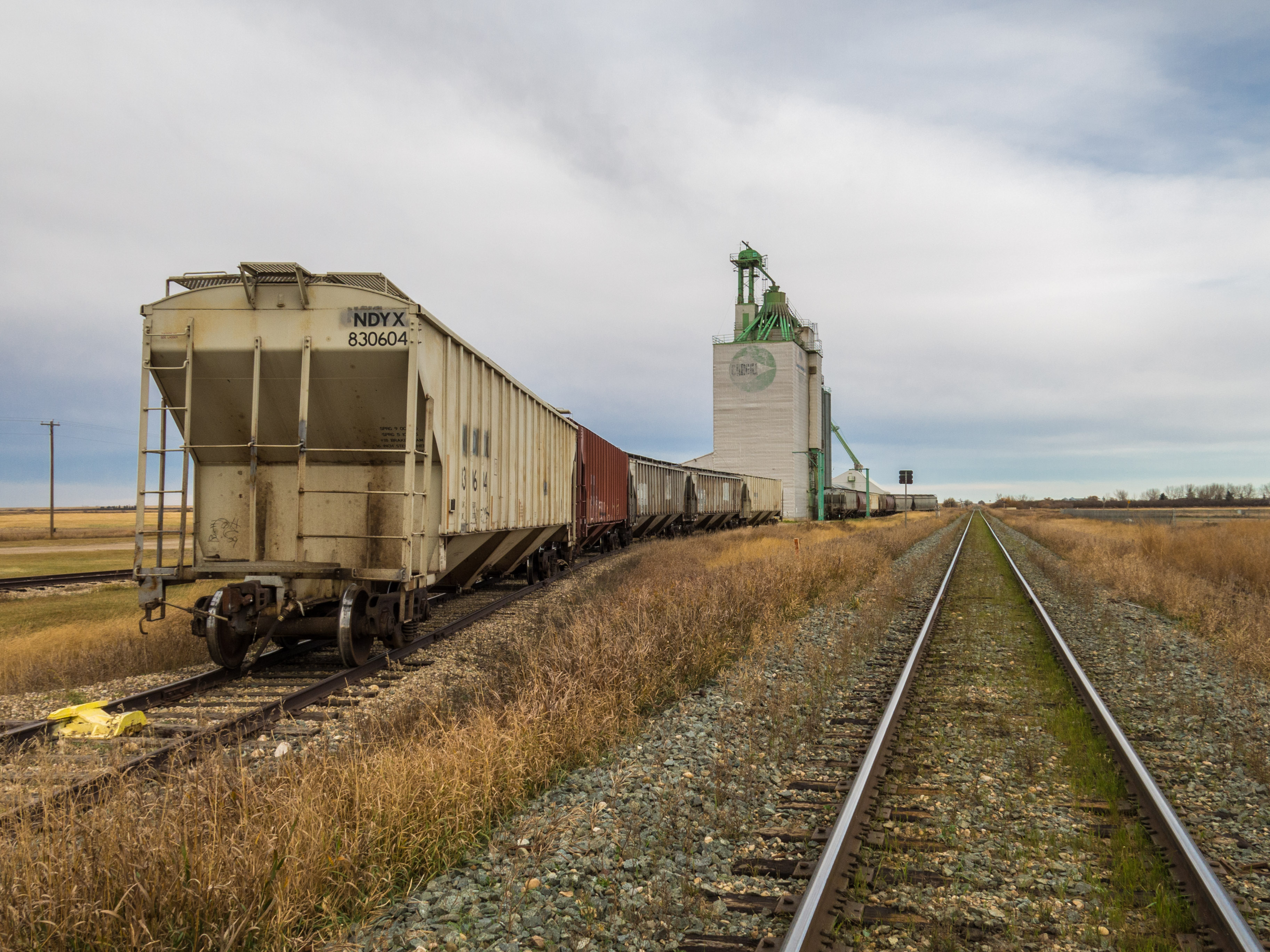
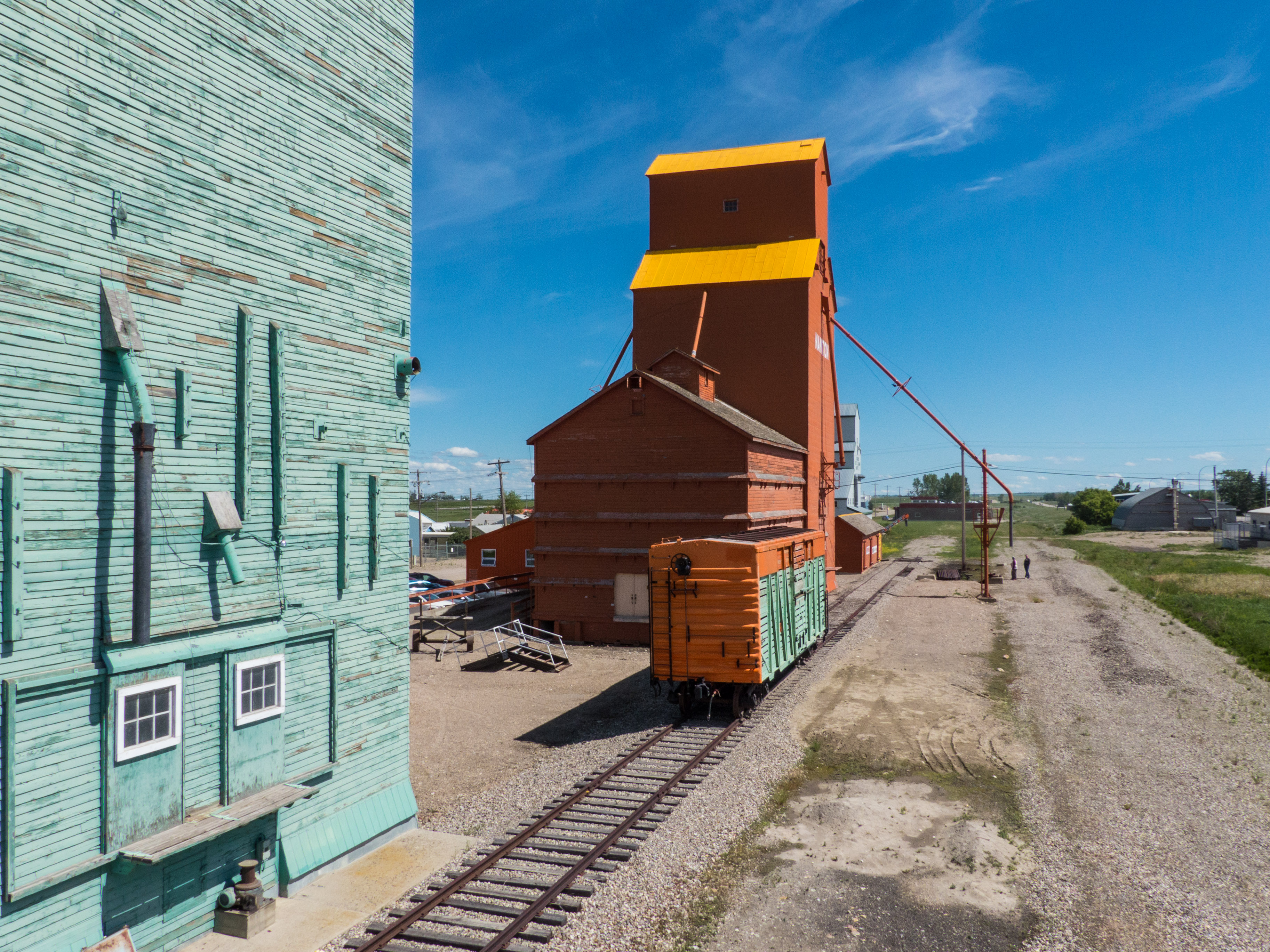
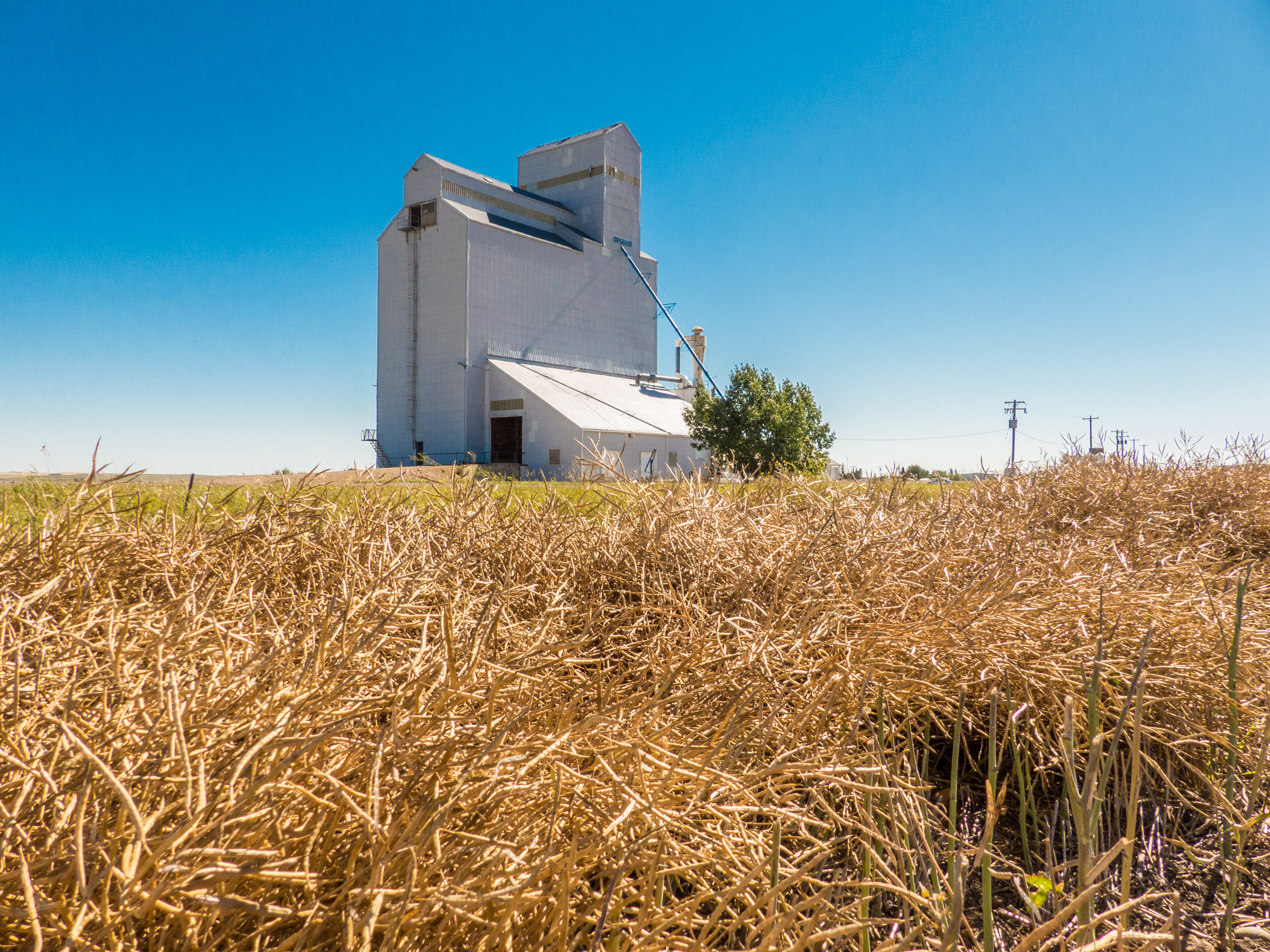
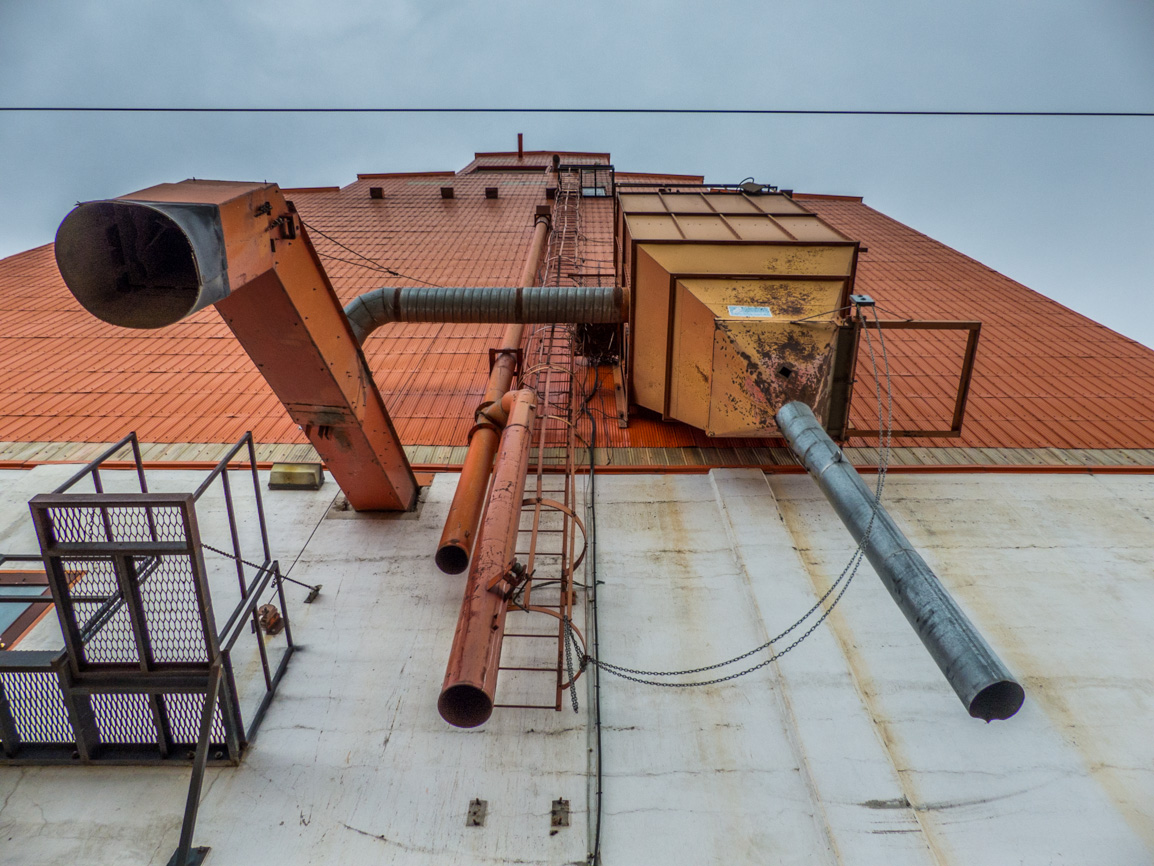
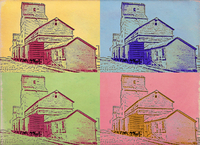






Great article on these elevators. so sad they are no more
Thank you! We’re so happy we got to see them before they were gone.
I missed the opportunity to shoot the elevators there.. always thinking.. “the track will be there next time”.
I’ve said that many times myself…and regretted it! We make sure to take the time now.
This made me cry a little. Heres kind of a sad story related to these elevators. My father worked those elevators from the early 90s up to 1994. Sadly my father was an extreme alcoholic and shot himself in a house not far off from those elevators. Not long after those elevators were torn down, you can imagine the metaphor those structures meant to me. Thank you for the pictures, they mean more to me than you could ever imagine.
We write about these elevators and other old structures and so get to know their history, but rarely do we hear anything about the people associated with them. We always like to hear about those who worked at these places, who made a living there, it adds the human touch even when the tone is not always positive. Such a sad tale here.
Miss that row… you could see it in the valley heading west of Drumheller.
Great article. Its amazing to think that every little prairie town had some grain elevators.
So true and I’m regretting how much we took them for granted too.
That was a big grain point in the area – nice pics.